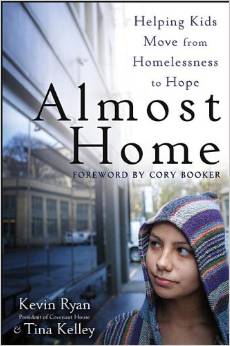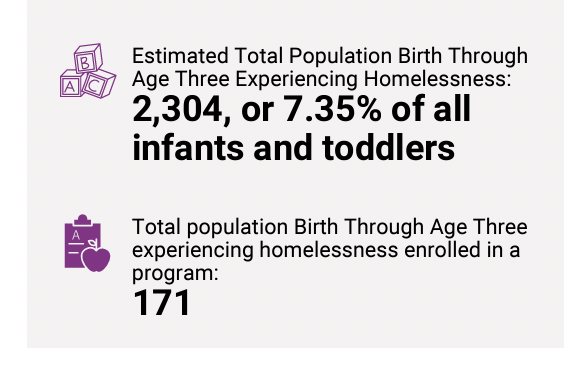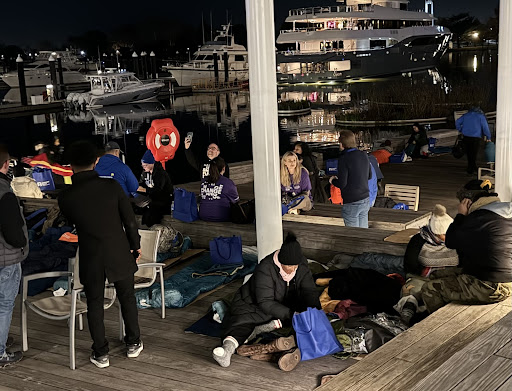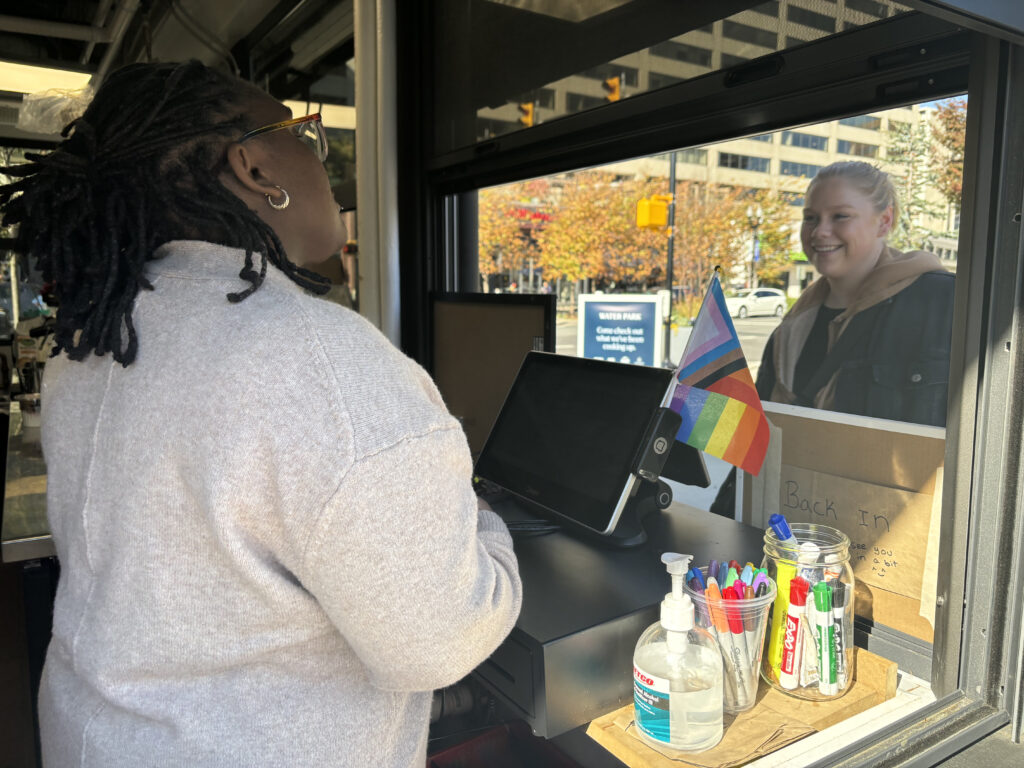Homeless youth hide themselves in plain sight. They are constantly mobile, riding on the subway or the bus, walking, trying to make it to school or work or just another day. Although we may not always be aware of homeless children and teens, research shows they account for 40 percent of the entire homeless population in the United States.
Almost Home: Helping Kids Move from Homelessness to Hope, by Kevin Ryan and Tina Kelley, strives to make homeless young people more visible by telling the stories of six homeless youth who all turned to the Covenant House for support and relief.
Founded in 1972, the Covenant House has several locations throughout the Americas where they provide assistance for homeless, runaway and trafficked youth.
One of the young people featured in this book is Benjamin. He experienced physical, emotional and sexual abuse from his father and foster parents. When he turned 18 and graduated out of the foster care system, his last foster mother brought him to the Covenant House. There, gradually, he began to trust adults again. The Covenant House staff celebrated with him when he was accepted to college on a full football scholarship, but he was thrown out of college because of his anger management problems. Through the support of the Covenant House, he returned to college a second time, learned to manage his anger and other mental health problems and graduated. Benjamin now works as an at-risk coordinator at a middle school, supporting at-risk youth who came from living situations not too unlike his own when he was their age.
The five additional youths featured in the book faced their own deep and profound struggles. One was a victim of human trafficking. Another was thrown out of the house because she was gay. Covenant House is accustomed to working with such young people. Many the organization serves lack high school diplomas, have lived in foster care, have experienced physical or sexual abuse and have been hospitalized for mental health issues. More than half of them come from families where someone used drugs regularly.
The book emphasizes that these young people land in difficult situations “through no fault of their own.” The profiles are interwoven with essays about the underlying social issues behind youth homelessness, including human trafficking, the foster care system and homophobia.
The narratives in this book may break your heart, but they will also compel you to take action against the injustices that cause homelessness. Although it is easy to feel helpless when faced with such need, the book inspires an indomitable spirit of perseverance and optimism by explaining what changes the government and social services need to make as well as what the reader can do as well, such as mentoring, anti-trafficking advocacy work, fighting homophobia or candlelight vigil for homeless youth. Even in the face of such tragic situations, Almost Home has a distinctly hopeful tone that situations can and will improve for homeless youth.
“Our message to kids: even if you can’t go home again, because your parents are missing or dead or abusive or in jail or hate you for who you are, you are still valuable and special and deserve safe shelter. You still have the right to a future,” write Ryan and Kelley. “We open our doors, and we promise safety. We want to help you find stability, and we want you to pursue your dreams.”
Helping Homeless Youth Find Their Way Home

Issues |Youth
email updates
We believe ending homelessness begins with listening to the stories of those who have experienced it.
Subscribe






